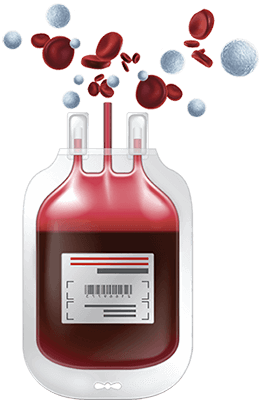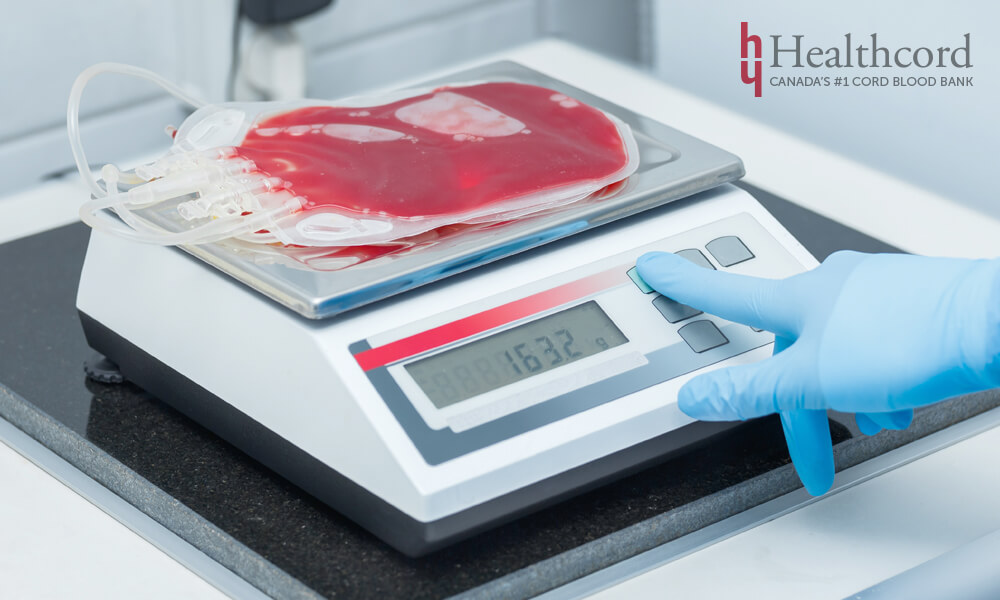Canada's Largest & Oldest Cord Blood Bank
Way to go mama! You’ve made it to the halfway point of your pregnancy. Are you looking forward to finding out the gender of your baby so you can start shopping?
This Week’s Highlights
Your baby has working taste buds
Your baby is probably busy sucking his/her thumbs
You may feel breathless when going up stairs
Your Baby At 20 Weeks
Your baby is the length of a banana, measuring about 10 inches (25.6 centimeters) from head to heel and weighing about 10.6 ounces (300 grams). Your baby’s body is now in proportion, so we will report baby measurements from crown to heel rather than crown to rump in the coming weeks.
Baby Development at Week 20
Your fetus is starting to look more like a baby each week with facial features continuing to develop.
Your baby is gulping down amniotic fluid and accumulating meconium in his or her digestive system. You will see this sticky green-black waste product in your baby’s first few bowel movements.
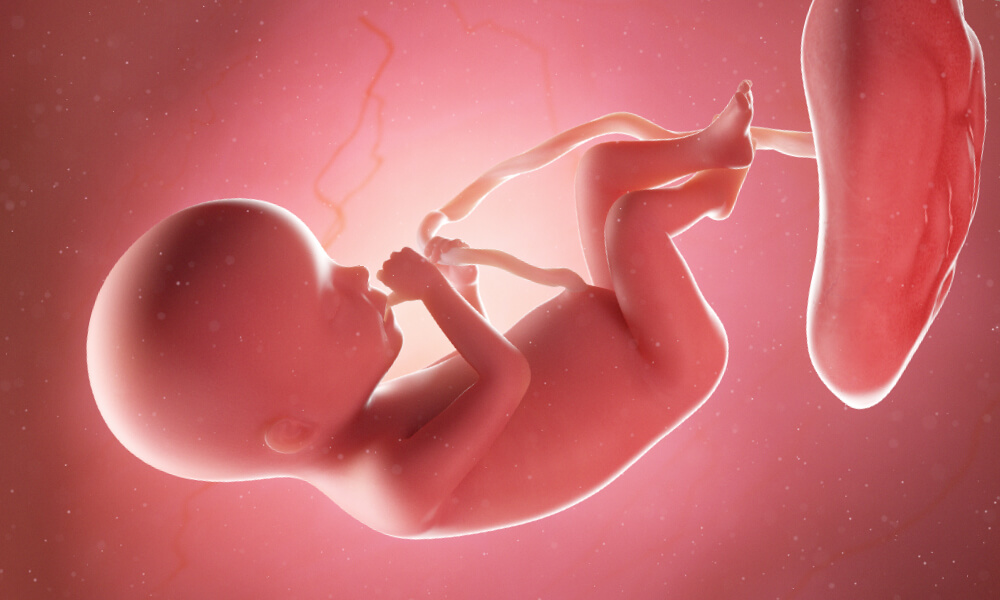
Around this week, your baby’s skin starts to thicken. It is still coated with a fatty substance called vernix caseosa. This protective layer will keep your baby’s delicate skin safe from the amniotic fluid.
If you are having a baby girl, her uterus is not fully formed. She also has about 7 million eggs in her tiny ovaries. If you are having a boy, his testicles will be descending soon.
The Gender Reveal
If you haven’t had one already, your mid-pregnancy ultrasound will happen anytime now. At this ultrasound, you will be able to see your baby’s heart, kidneys and the brain. Your ultrasound technician will measure the size of your baby’s head, abdomen and the thighbone. They may also be able to tell you the gender of your baby.

Pregancy Tip
Healthy weight gain is important during pregnancy. Aim to gain no more than 1 to 2 pounds a week.
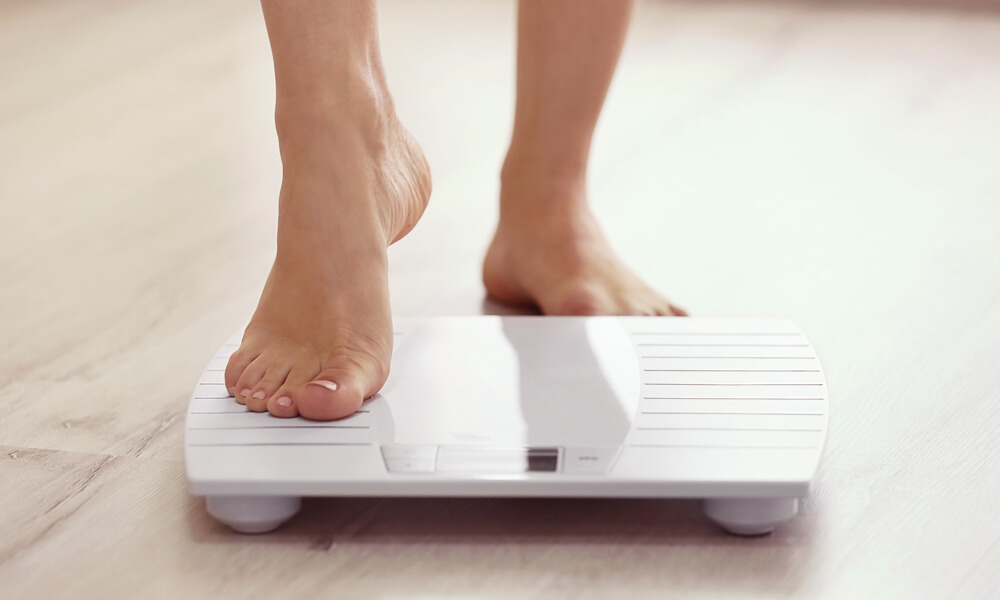
Factors that Influence the Preservation of Your Baby’s Cord Blood
When you’re looking for the right cord blood bank to store your baby’s umbilical cord stem cells, there are several factors to watch out for.
What happens when your sample arrives in the lab, on the other hand, is quite complex. It involves separating and collecting stem cells, quality checks to ensure sterility, viability (ability to grow), and sometimes stem cell typing, which looks at markers on the surface of the stem cells used for stem cell matching.
Read the following article about factors that influence the preservation of your baby’s cord blood: Read More →
Your Bump at Week 20
Starting this week your healthcare provider will start measuring your fundal height, the distance from the pubic bone to the top of your uterus, at your prenatal visits. Your fundal height should match your pregnancy week in centimeters (give or take 2 centimetres). Large deviations in fundal height may indicate pregnancy conditions, such as gestational diabetes, a growth issue or a breech baby, and will need to be addressed early on.
How Your Body is Changing
Thanks to your pregnancy hormones, you probably notice that your nails are stronger and your hair is growing faster than usual. This is because pregnancy hormones induce a surge in your circulation, bringing extra nutrients to hair and nail cells. Enjoy your thicker, fuller hair while you can!
How Far Along are You?
20 weeks in, 20 weeks to go! You are at the halfway point of your pregnancy. Even though pregnancy is measured in weeks this means you are completing your fifth month of pregnancy.
Diet and Exercise at Week 20
With the first trimester behind you, your appetite is likely increasing. Don’t be afraid to increase the frequency of your eating, because your baby needs extra nutrients to grow. Make sure your meals and snacks consist of healthy, well-balanced foods.
If you started with a normal BMI (body mass index), the recommended weight gain for 20 weeks is around 25 to 35 pounds (11.3-15.8 kilograms). If you started your pregnancy with a higher BMI, it is likely that your healthcare provider will advise you to gain no more than 15 to 25 pounds (6.8-11.3 kilograms).
The key is to stay active with pregnancy friendly activities such as swimming, yoga and walking. Consider including regular exercise to your pregnancy routine. Exercise will build up your endurance, make your heart, lungs and muscles stronger and most of all, get you ready for labour.
Labour can last from minutes to hours. Many moms compare it to running a marathon. Regular exercise will help you prepare for labour by building the stamina you will need to give birth. Staying active during your pregnancy will also make it easier to get back into shape after birth.
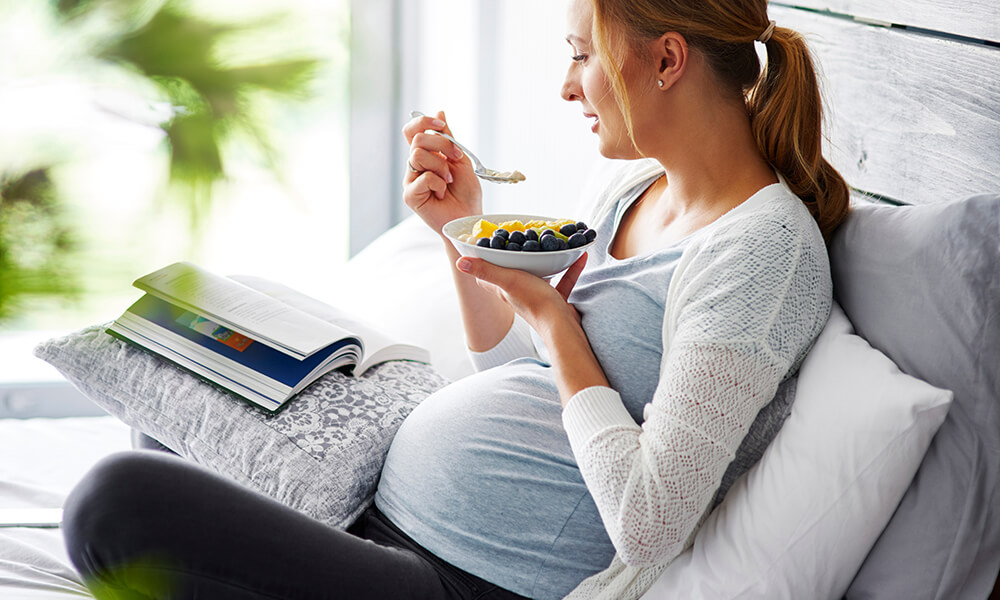
Pregnancy Symptoms at Week 20
Heartburn and indigestion – Your digestive systems behaves differently during pregnancy owning to hormones. The same hormones that relax your muscles and joints, also relaxes muscles in your digestive tract. This means food is passed along at a slower rate through your system causing bloating, gas and heartburn. The slow down is actually beneficial to the baby, since it gives your body time to better absorb nutrients from food, which can then be passed on to the baby through the placenta. Try keeping a food diary and taking note of the food that lead to indigestion and heart burn so you can avoid them.
Shortness of breath –As your uterus expands and pushes on your lungs, this reduces your lung capacity making your feel out of breath. Make sure your take breaks during your exercise routine and when climbing stairs to give your lungs time to catch up.
Faintness and dizziness – These symptoms mostly occur in the second trimester and may be due to several different factors including changes in circulation, pregnancy hormone levels and your growing bump. You are sharing your blood supply with the baby, which means sometimes your brain may not get enough oxygen to support your body. Make sure you don’t spend too much time in hot, stuffy rooms and aren’t letting your blood sugar levels drop too low.
Swollen feet and ankles– Edema or swelling of feet and ankles is caused by increased water retention during pregnancy. The increase in fluids is cause by increased blood flow to both your and your baby and the fact that the blood gets returned back to your heart at a slower rate. You may also experience more swelling in your feet, if you’ve gained extra weight. A relaxing footbath or resting your feet by putting them up every so often can help.
Leg cramps – Leg cramps can be frequent in the second and third trimesters of pregnancy and can be more frequent at night interrupting your much-needed rest. There are several remedies you can take to reduce their frequency and duration. Staying hydrated, stretching, resting your feet when possible, and including more calcium and magnesium in your diet can be helpful.


